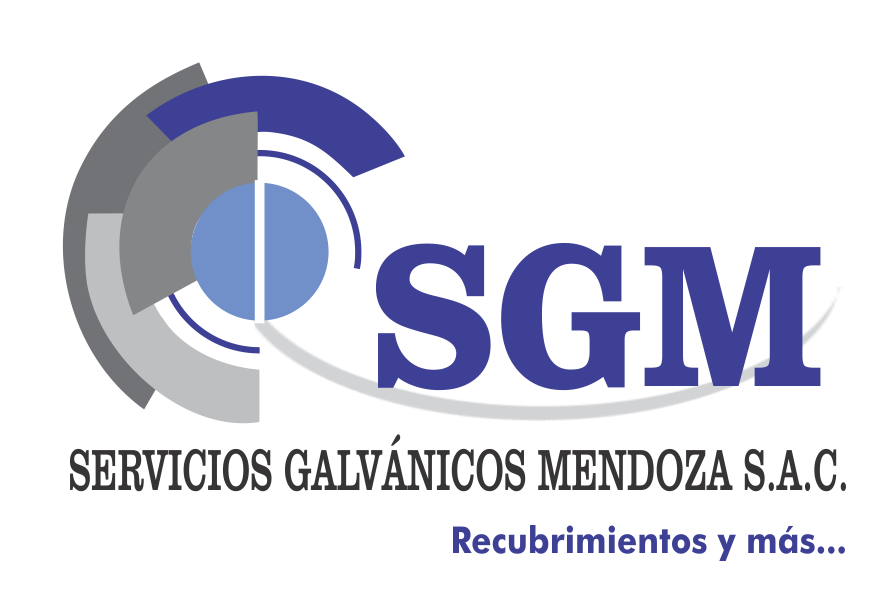DNA filter is one of the most usual lab techniques in neurological homework. It’s used to separate genomic DNA from other cell components, which allows scientists to study individual genes, series entire genomes or even alter a small part of DNA. However , blog inspite of its importance in many applications, DNA filter is also one of the most complicated, time consuming and time-consuming parts of fresh protocols.
The main reason for this is that lots of DNA extraction strategies require cellular lysis using detergents or chaotropic debris, followed by a variety of steps to take away impurities and medications and restore high-quality genomic DNA. This can be a very time-consuming process, particularly when the samples are large or have complex cell structures.
Fortunately, a number of alternatives exist for this conventional approach that can furnish much faster and easier methods for organizing high-quality genomic DNA. Here are a few of the best tips for DNA refinement.
Glass Dairy DNA Extraction
The Bishop lab designed a simple and effective alternative to traditional phenol-chloroform organic GENETICS extractions referred to as the mug milk protocol, which uses the fact that cellulose efficiently binds nucleic acids. The cellulose is then separated out of DNA simply by paper towels (such as Whatman No . 1) and ethanol is put into precipitate the DNA, that may then be recovered through the elution buffer. This approach eliminates the usage of phenol and chloroform, which are equally highly toxic and can cause degradation of nucleic chemical p molecules.
Furthermore to minimizing DNA refinement time, the glass dairy method also increases DNA yields and provides nucleic acid that is suitable for downstream applications such as PCR and The southern area of and dot/slot blotting. It is capable of isolating GENETICS from mammalian cells and tissue, mouse tails, herb cells, bacteria and candida.

Comentarios recientes